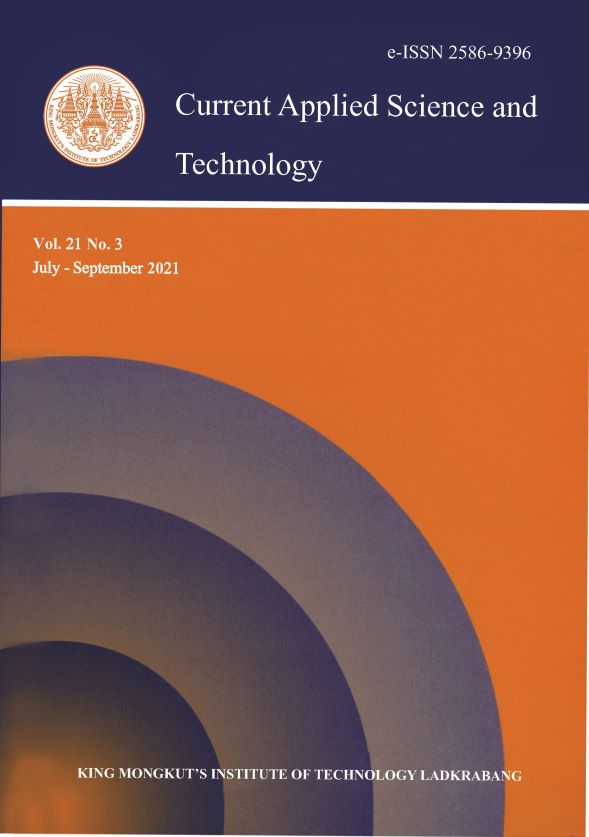Natural sugar is deliberated as ordinary, non-chemical, and healthy alternatives. However, a diet rich in sugar is well documented as a causative agent for dental caries. The purpose of this study was to investigate the effects of natural sugars, including raw cane, palmyra palm and coconut sugar on the acidogenic profiles, biofilm formation and antiseptic treatment efficacy compared with refined sugar. The study was based on single-species and dual-species of Streptococcus mutans ATCC 25175 and Streptococcus sobrinus ATCC 33402. Our results showed that sucrose was a major component of all samples, with percentages of relative content higher than 89.0. Palmyra sugar gave the least pH change at 180 min of 4.84-4.93, which indicated it was the least acidogenic. Coconut sugar formed the lowest level of biofilm biomass compared to refined sugar (p < 0.05) and other samples. Antiseptic treatment was performed to study the level of percent eradication of bacterial plaque using MTT assay to determine cell viability under biofilm in each sugar medium. Biofilm derived from coconut sugar had a susceptibility to antiseptic treatment with 56.2-61.99% eradication which was higher than the biofilm from palmyra and raw cane sugar. As a result, this study points out the effects of various natural sugars (especially different sources of plant material) on cariogenic potential. However, further experiment should be done to confirm the results in vivo and further study the cariogenic effects of diet supplementation of these fermentable sugars.
Keywords: natural sugar; sweetener; dental caries; biofilm
*Corresponding author: Tel.: (+66)2-329-8400 Fax: (+66)2-329-8412
E-mail: karn.wo@kmitl.ac.th
Kanchanadumkerng, P. undefined. ., & Wongsariya*, K. undefined. . (2021). Effects of Natural Sugar on Acidogenic Potential, Biofilm Biomass, and Antiseptic Resistance of Oral Streptococci. CURRENT APPLIED SCIENCE AND TECHNOLOGY, 545-556.
